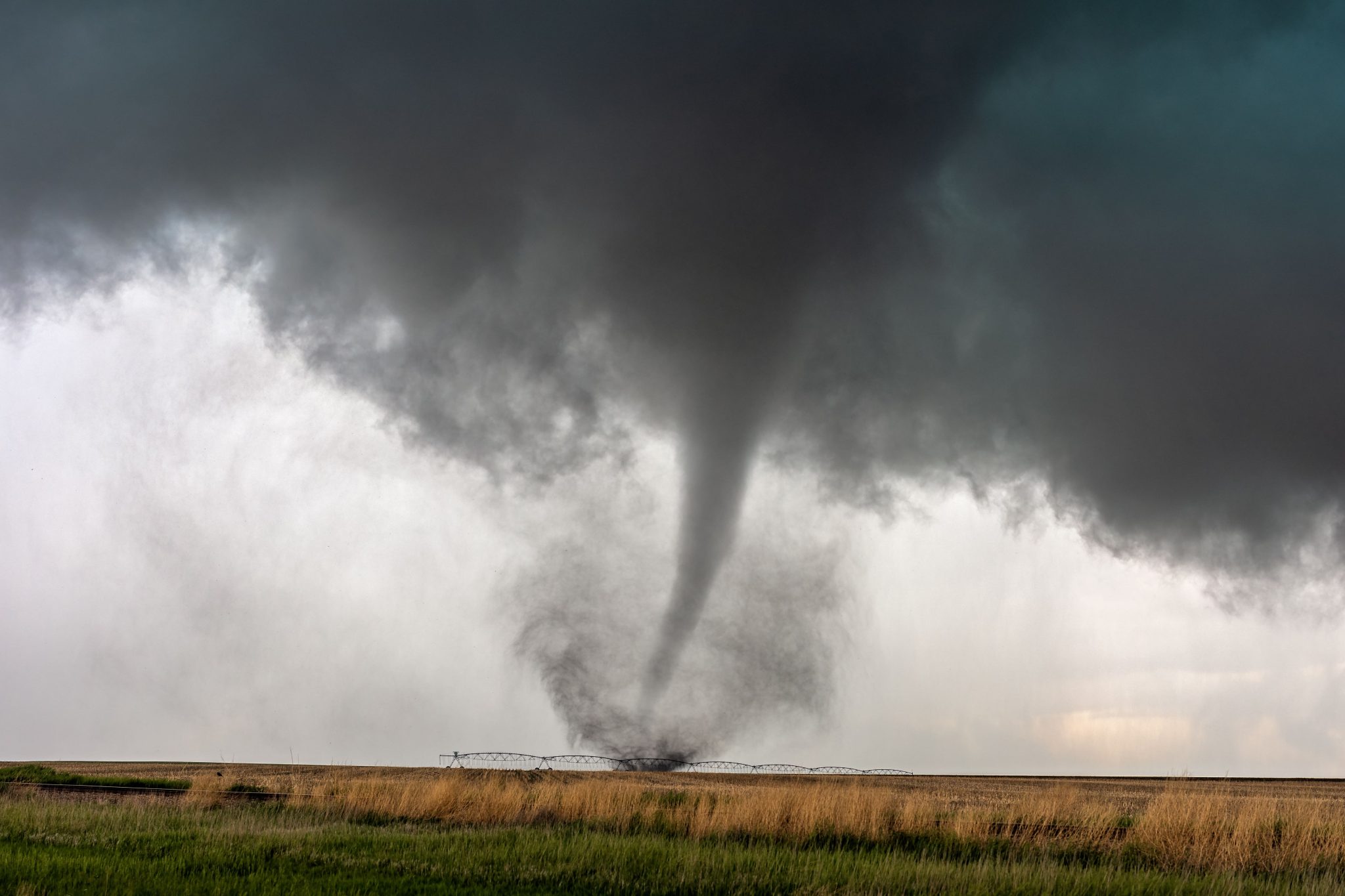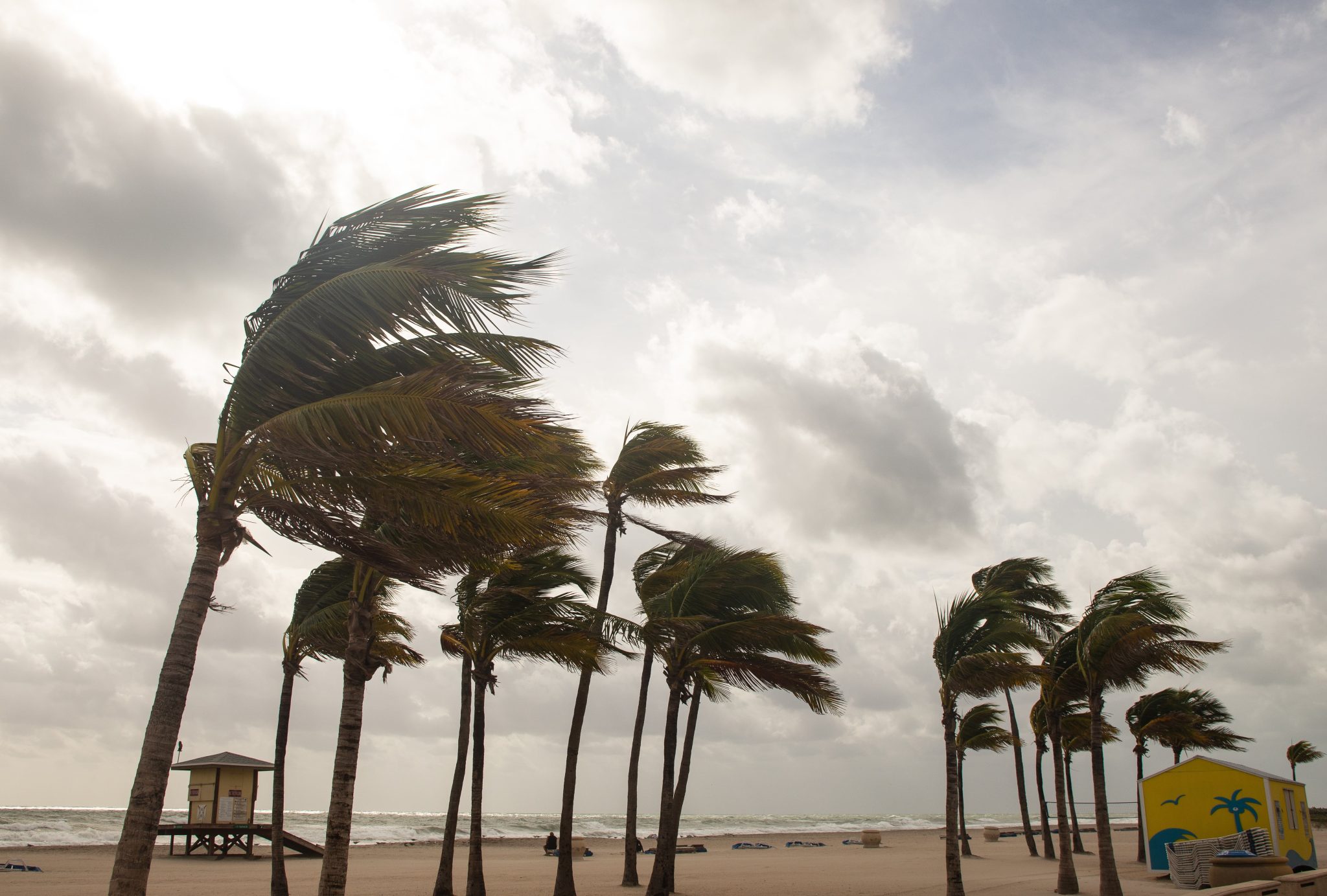- WE’RE HERE TO HELP 24/7
- 800.586.5555
Do Hurricane Winds Blow Clockwise or Counterclockwise?

Kanner & Pintaluga Expands in Southwest Florida – Opens 4,700 sq ft Office in Fort Myers to Support Clients in Wake of Hurricane Ian
February 15, 2023
Tornadoes in Florida
February 25, 2023Do Hurricane Winds Blow Clockwise or Counterclockwise?

Hurricanes don’t have a good side, but some angles are worse than others. You might have heard that you never want to be on the right-front side of a hurricane, but why is that? The reason has to do with which direction a hurricane’s wind blows.
What Technically Qualifies as a Hurricane?
To review, a hurricane is a type of tropical cyclone: a low-pressured, intense wind system sucking air in at its center with thunderstorms surrounding it but without fronts. They form over warm water that has a depth of at least 150 feet, a temperature of at least 80-degrees Fahrenheit and a distance from the equator of no more than 300 miles.
There are seven water formations, or basins, where tropical cyclones can form with varying frequencies:
- The Atlantic: Averages 12 named storms per season
- The Eastern Pacific (Includes the Central Pacific): Averages 16 named storms per season
- The Northwest Pacific: The most active basin on the planet with an average of 25 named storms per season
- The North Indian: The most inactive basin with an average of four to six named storms per season
- The Southwest Indian: Averages nine named storms per season
- The Australian/Southeast Indian: Averages 11 named storms per season
- The Australian/Southwest Pacific: Averages five named storms per season
When the wind speeds exceed 74 mph, a tropical cyclone becomes a hurricane. All hurricanes are life-threatening and can produce flooding, tornadoes and storm surge. It’s often advisable to heed advisories and evacuate areas in the path of an oncoming hurricane.
In terms of the hurricane’s spinning direction, it will blow either clockwise or counterclockwise depending on the hemisphere in which it’s located. It will always rotate counterclockwise in the Northern Hemisphere and clockwise in the Southern Hemisphere due to the Coriolis Effect.
What Is Coriolis Force?
Named after French mathematician Gaspard-Gustave de Coriolis due to his early research on the subject, the Coriolis Force (or Coriolis Effect) is an invisible force that deflects currents of air traveling across the Earth to the right in the Northern Hemisphere and left in the Southern Hemisphere because of the speed of the planet’s rotation.
The Earth is rotating faster at the equator than at the poles. A common way to visualize this is if you were standing at the equator, and you threw a ball in a straight line to your friend standing in the U.S., the ball would land to the right of them because you are moving faster than them. If instead you were standing at the North Pole and threw the ball to your friend still in the U.S., it will still land to their right because they are closer to the equator, so they are moving faster than you.
In the Northern Hemisphere, everywhere you play “catch” will curve to the right. It’s the same scenario with the Southern Hemisphere only reversed. Whether you throw the ball from the equator or the South Pole, it will curve to the left.
Air currents are like the ball. In the Northern Hemisphere, wind moving to and from the North Pole is deflected eastward, and wind moving to and from the South Pole is deflected westward.
When these winds collide and air masses are pulled into the cyclone from all directions, the storm winds will spin counterclockwise in the north and clockwise in the south.
How the Coriolis Effect Can Affect You in a Hurricane
Because traveling air currents in the Northern Hemisphere will always curve to the right, the strongest winds in a hurricane close to the U.S. will also be on the right side. The currents powering the hurricane that are pushing to the right strengthen the sustained winds on that side. If the hurricane’s general wind speed is about 100 mph, due to the added power in the right quadrant, its speed could be about 150 mph on that side.
The opposite applies to the left quadrant of a Northern Hemisphere hurricane: its speed could be about 70 mph compared to the cyclone’s overall 100 mph average.
With those powerful winds on the right side come more violent waves and storm surges. Following along with hurricane watches and staying alert for a possible formation will help you be prepared for any storm. See more about how you can best prepare for a hurricane here.
Even with the best-laid plans, however, your home could still sustain serious damage. If your home is damaged after a hurricane and your insurance is fighting you tooth and nail for fair claim payment, Kanner & Pintaluga will fight hard for you. Call 800.586.5555 or fill out the form here to get a free case evaluation from a storm damage lawyer.

